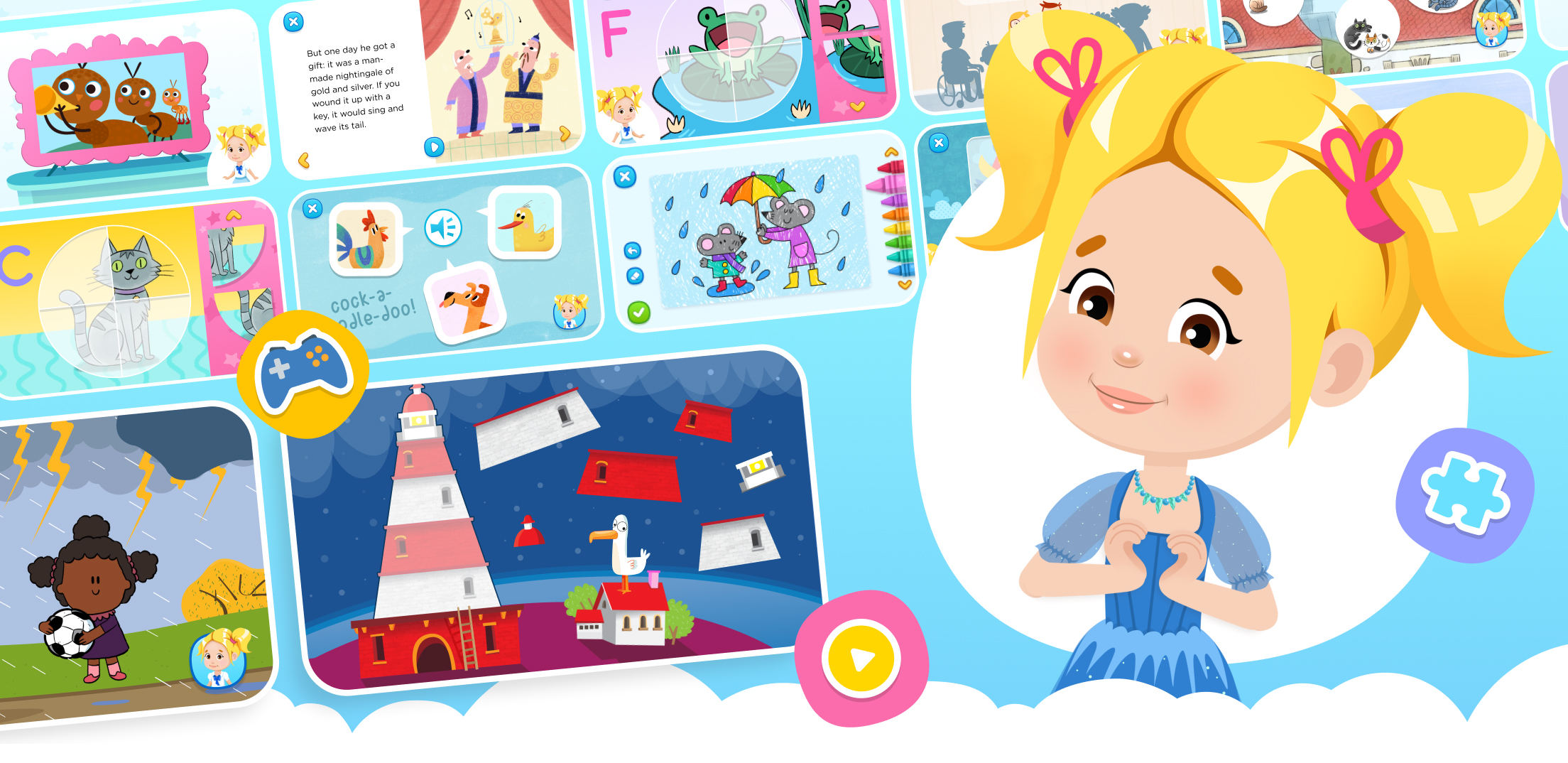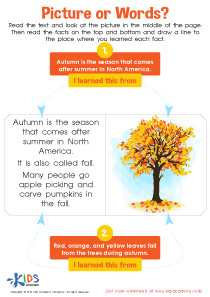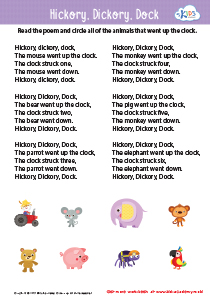Story sequencing Extra Challenge Reading Worksheets for Ages 4-6
3 filtered results
-
From - To
Enhance your child's reading comprehension with our "Story Sequencing Extra Challenge Reading Worksheets" designed for ages 4-6! These engaging worksheets encourage young learners to analyze and arrange story elements in the correct order, promoting critical thinking and literacy skills. Each worksheet presents captivating stories that ignite imagination while fostering a deeper understanding of narrative structure. Our extra challenges intensify the learning experience, making it both fun and educational. Ideal for home or classroom use, these worksheets will help children develop essential skills that pave the way for successful reading and storytelling. Start nurturing your child's love for reading today!
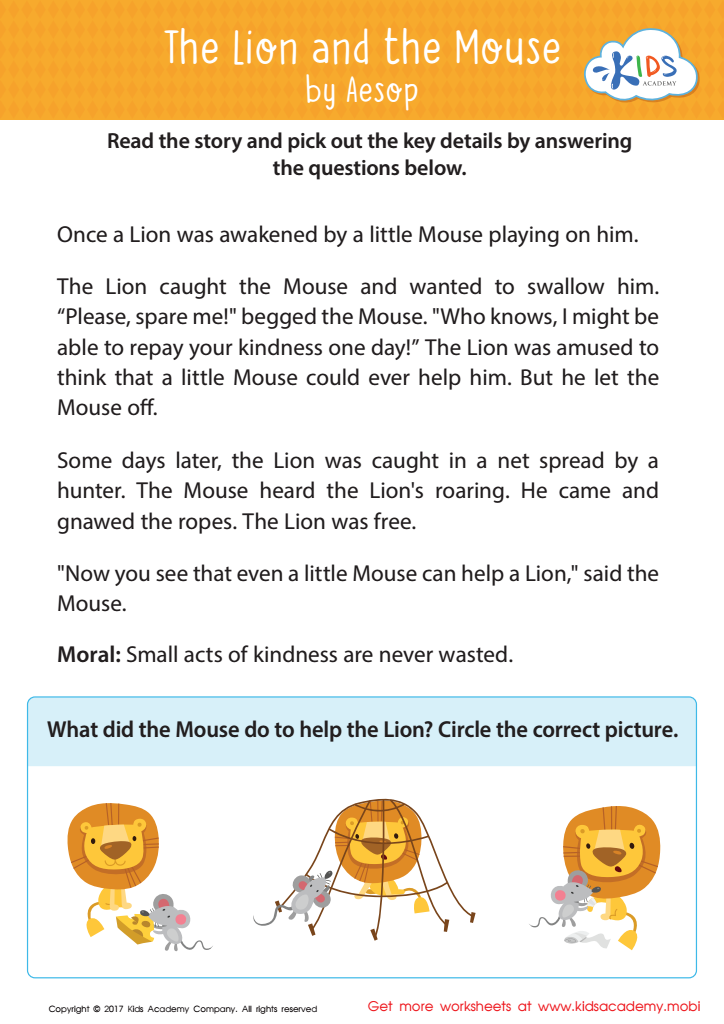

The Lion and The Mouse Sequencing Worksheet
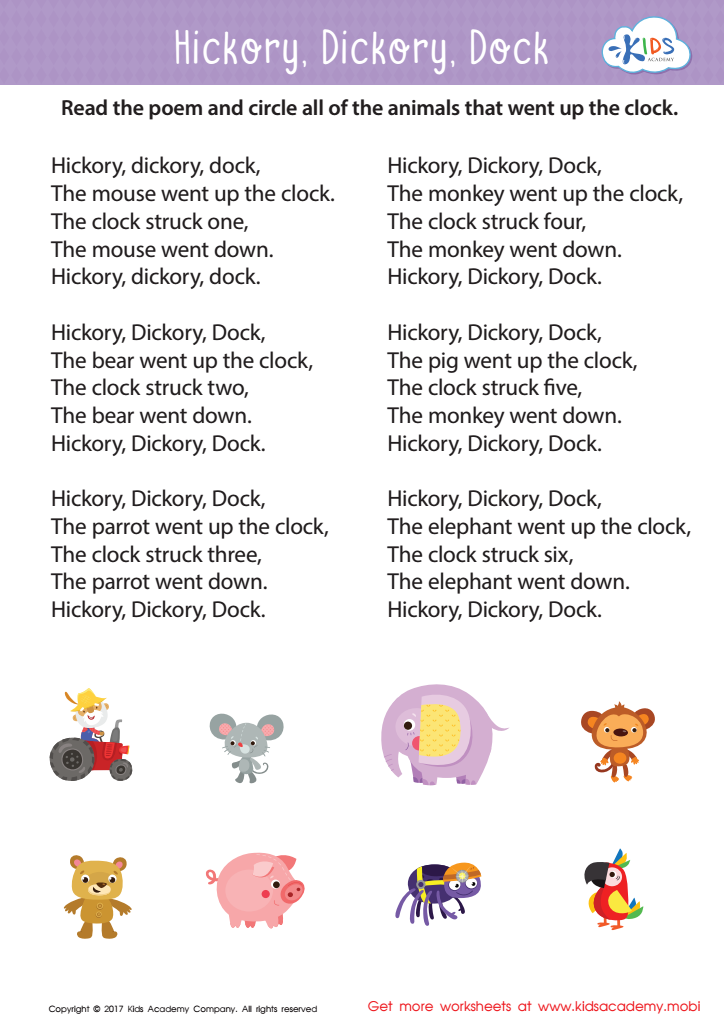

Hickory Dickory Dock Sequencing Worksheet
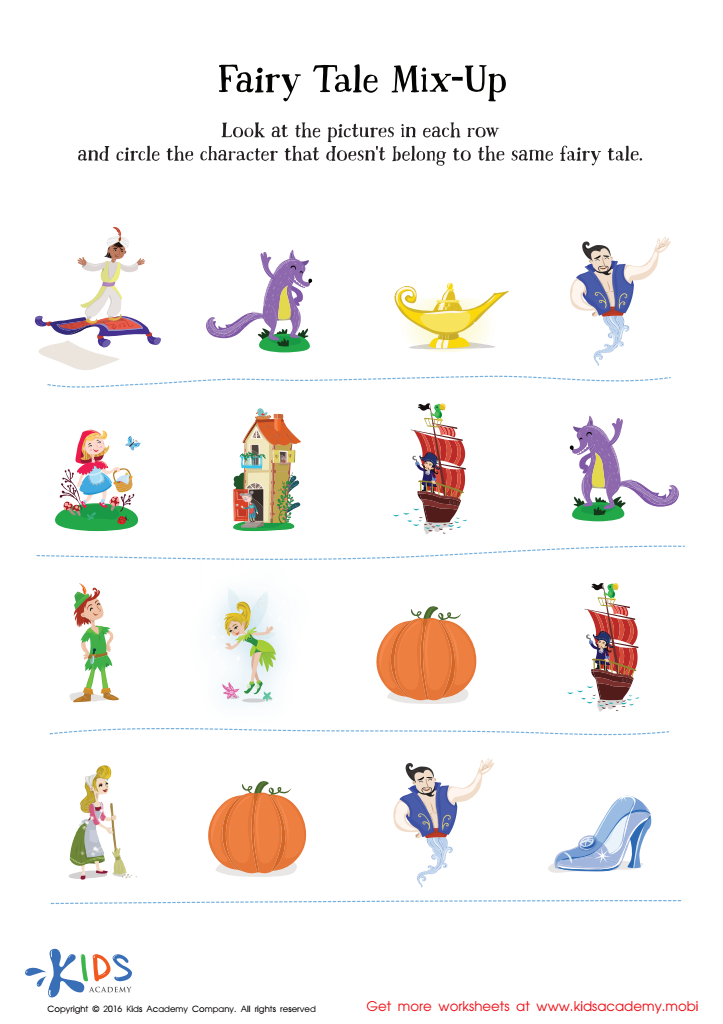

Fairy Tale Worksheet: Story Mix Up
Story sequencing is a crucial skill for children aged 4-6, as it enhances their understanding of narrative structure and promotes critical thinking. Parents and teachers should care about this extra challenge in reading because it helps children to organize their thoughts and comprehend stories more deeply. By practicing story sequencing, children learn to identify the beginning, middle, and end of a tale. This foundational skill aids in their ability to summarize stories and recall details, which is essential for both academic success and effective communication.
Furthermore, story sequencing encourages imaginative play and creativity. As children retell stories in their own words, they explore different perspectives and outcomes, enhancing their engagement with the material. This exercise fosters language development, as children expand their vocabulary and articulate their thoughts more clearly.
Additionally, story sequencing activities stimulate social-emotional growth. By discussing characters' motivations and actions, children develop empathy and moral reasoning. Overall, prioritizing story sequencing in reading programs cultivates well-rounded, informed individuals who appreciate literature, enhancing their lifelong love for reading and learning. Therefore, both parents and teachers should recognize the importance of this skill and provide opportunities for children to practice and master it through enjoyable, interactive activities.

 Assign to My Students
Assign to My Students




.jpg)
